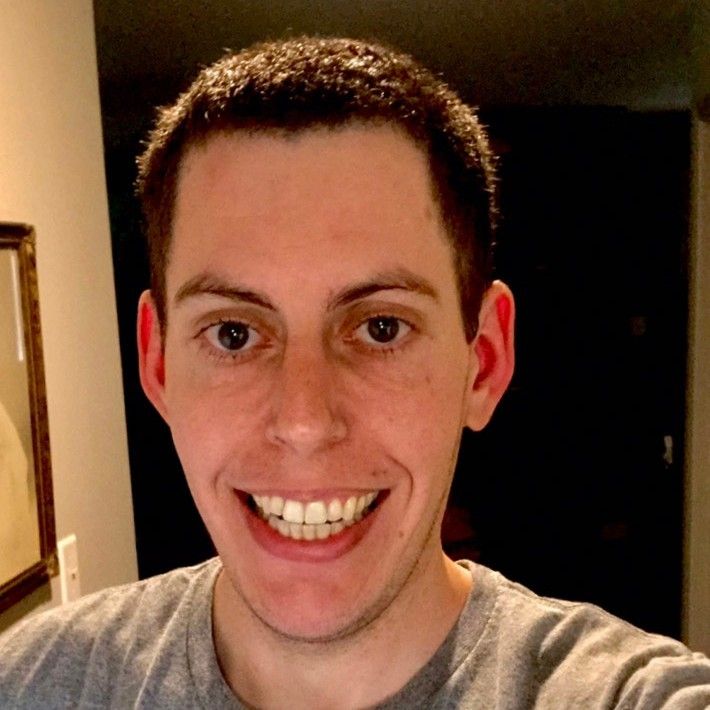In this article, we explore why Scrypt was invented and how the algorithm has been used by prominent blockchain projects. We will then assess its current effectiveness compared to other Proof of Work consensus algorithms.
Scrypt is a hashing algorithm used on certain Proof of Work blockchains. It was first introduced with the launch of Tenebrix (TBX) in 2011.
Since then, Scrypt has been adopted by a number of different blockchain projects. Among the top three Scrypt-blockchains by market capitalization, the Scrypt mining algorithm secures billions of dollars worth of digital currencies.
Advantages and Applications of Scrypt
- Less complex compared to other mining algorithms.
- Reduced energy consumption compared to other algorithms like SHA-256.
- Scrypt coins generally require lower fees for transactions on their blockchains
- Scrypt mining is four times faster than mining BTC.
- Great solution for encrypting wallets, files, and passwords.
What Is Scrypt?
Scrypt is one of the first hashing algorithms implemented on blockchain networks. It is an attempt to improve upon an earlier hashing algorithm, specifically the SHA-256 algorithm.
Password-based Key Derivation Function
Scrypt is a password-based key derivation function (KDF). In cryptography, a KDF is a hash function that derives one or more secret keys from a secret value such as a master key, a password, or a passphrase using a pseudorandom function. KDFs are generally efficient at preventing brute force password guessing attacks.
Prior to the development of Scrypt, however, KDFs such as Password-Based Key Derivation Function 2 (PBKDF2) were limited in their ability to resist FPGAs and ASICs. PBKDF2 and other password-based KDFs were computationally intensive but not memory intensive. Scrypt was designed to be both computationally intensive and memory intensive.
ASIC Resistance
Scrypt was developed as a solution to mitigate the rise and dominance of ASIC mining rigs and subsequent centralization of cryptocurrency mining. As it relates to blockchain, Scrypt is supposed to improve upon SHA-256, which is implemented on the Bitcoin network and other Proof of Work networks supporting digital currencies.
Scrypt’s design requires miners to generate random numbers rapidly. These numbers need to be stored in the Random Access Memory (RAM) of the processor, which must be accessed on a continuous basis before submitting a result. Scrypt networks generally have a much lower hash rate than SHA-256 networks. For example, as of August 2023, Litecoin (LTC) has a hash rate of around 840 TH/s. Bitcoin has a hash rate of around 93,000,000 TH/s.

Origins of Scrypt
Scrypt was designed to be a memory-hard algorithm for improving network security against attacks using custom hardware. Unlike other hashing algorithms like Equihash and CryptoNight, which were developed specifically for Proof of Work blockchains, Scrypt was originally developed for another use case and later implemented on blockchain networks.
Stronger Key Derivation Via Sequential Memory-Hard Functions
In May 2009, Colin Percival published a paper titled, “Stronger Key Derivation Via Sequential Memory-Hard Functions.” In this paper, Percival proposed the Scrypt algorithm for Tarsnap’s online backup service. Bitcoin was still in its infancy at that time, so there wasn’t any mention of how Scrypt could potentially be used on blockchain networks that support cryptocurrencies. However, the foundational concepts of the algorithm were clearly defined.
The Evolution and Impact of the Scrypt Algorithm in Cryptocurrency Development
In 2011, Tenebrix (TBX) introduced the Scrypt algorithm in the crypto world, setting a precedent despite its eventual failure. Charlie Lee's Fairbrix (FBX), a Tenebrix clone, also used Scrypt but failed due to technical issues. Persisting with Scrypt, Lee developed Litecoin (LTC), which became the most successful Scrypt-based cryptocurrency.
Litecoin's implementation of Scrypt, although initially ASIC-resistant, evolved to accept ASIC mining for better security. The Scrypt algorithm's flexibility was further demonstrated by Dogecoin (DOGE), a Litecoin fork, which became popular and also adopted Scrypt.
Other projects like DigiByte (DGB) and Einsteinium (EMC2) utilized the Scrypt algorithm, integrating it with additional security measures. These developments highlight the Scrypt algorithm's significant role in advancing cryptocurrency mining and security.

How Effective Has Scrypt Been At ASIC Resistance?
The Scrypt algorithm, initially effective in ASIC resistance, has seen its ASIC resistance diminish over time. Despite the introduction of Scrypt variations like Scrypt-ChaCha, Scrypt-N, and Scrypt², ASICs for Scrypt, such as Bitmain Antminer L3++ and Innosilicon A6+ LTC Master, became prevalent. This shift marked a decrease in the viability of CPU and GPU mining for Scrypt-based cryptocurrencies. As Scrypt ASICs emerged, mining centralization and the risk of 51% attacks increased, leading to a reevaluation of Scrypt's effectiveness in maintaining a decentralized mining landscape.
Optimizing Consensus With Komodo
Komodo addresses Scrypt's ASIC centralization and 51% attack issues in networks like Litecoin and Dogecoin. Despite merged mining successes, other Scrypt networks face threats. Scrypt's ASIC resistance has been weaker than expected. Komodo offers solutions with a multi-chain network, allowing choices between Proof of Work and Proof of Stake, and alternatives to Scrypt, enhancing security and adaptability in cryptocurrency mining.
📧Komodo Newsletter
If you'd like to learn more about blockchain technology and keep up with Komodo's progress, subscribe to our newsletter. Begin your blockchain journey with Komodo today.

